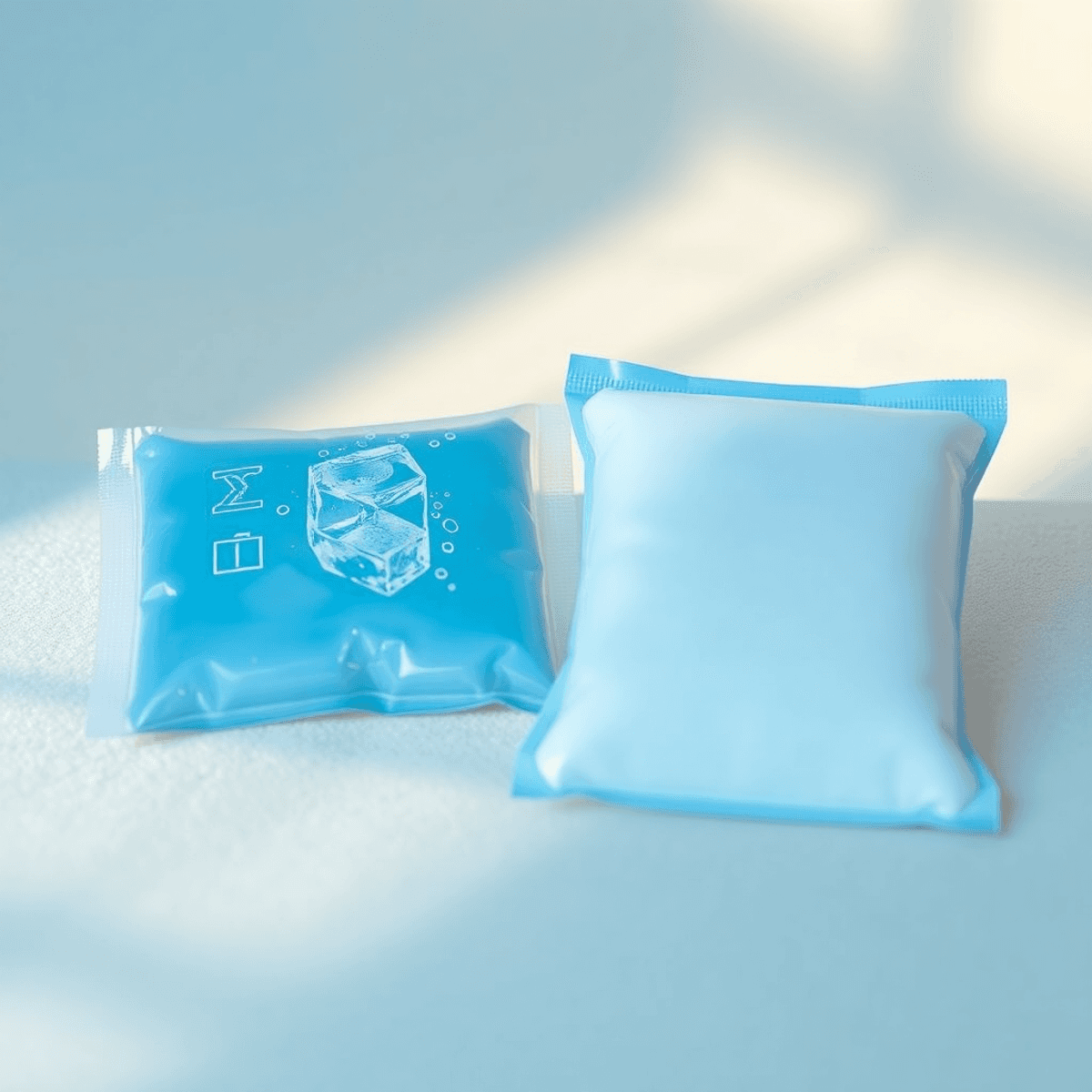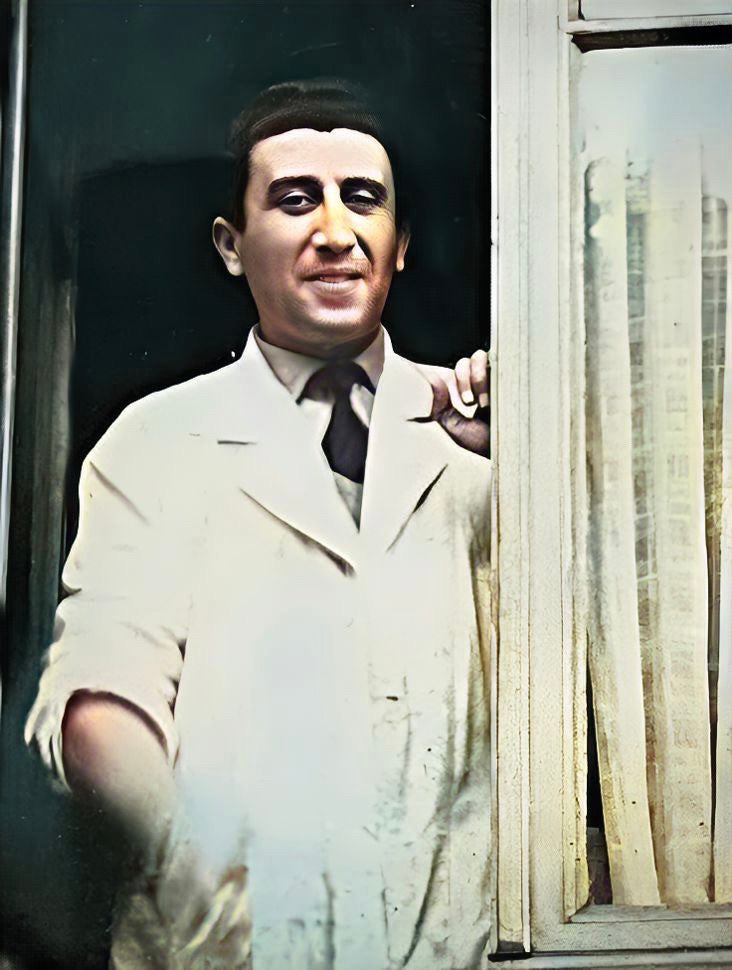Lower Back Pain Every Day: Treatment Options Explained

Understanding Chronic Lower Back Pain
Chronic lower back pain is a frequent concern among many individuals, leading to daily discomfort that can significantly affect quality of life. When asking "Why does my lower back hurt every day?" you're addressing a common issue with varied causes.
Causes of Chronic Lower Back Pain
Persistent lower back pain may stem from factors such as:
- Poor posture
- Repetitive strain
- Underlying medical conditions
This ongoing pain can limit mobility and hinder daily activities, impacting both physical and mental health.
The Importance of Seeking Professional Help
Seeking professional help is vital for those experiencing persistent symptoms. Consulting a healthcare provider ensures an accurate diagnosis and suitable treatment plan. Ignoring chronic pain might exacerbate the condition or mask more severe health issues. Professional guidance helps in understanding the root cause of the discomfort, offering tailored solutions that range from lifestyle changes to medical interventions.
Understanding why your lower back hurts every day is the first step in managing it effectively. With proper assessment and intervention, it is possible to reduce daily discomfort and improve overall well-being.
Common Causes of Daily Lower Back Pain
Understanding why your lower back hurts every day is vital to addressing the issue effectively. Various conditions can lead to persistent discomfort, often stemming from physical strains or underlying health issues.
Strains and Sprains
Strains and sprains are among the most common reasons for daily lower back pain. Strains occur when muscles or tendons are overstretched or torn, often due to improper lifting techniques, sudden movements, or overuse during physical activities. On the other hand, sprains involve damage to the ligaments that connect bones in the spine, typically resulting from falls or twists. Both conditions can cause significant discomfort and restrict mobility until healed.
Fractures and Osteoarthritis
Fractures in the spine, such as vertebral compression fractures, often result from osteoporosis or traumatic injuries. These fractures can lead to chronic pain if not properly treated. Osteoarthritis, a degenerative joint disease, is another frequent cause of persistent lower back pain. This condition involves the wear-and-tear of cartilage between the spinal joints, leading to stiffness and discomfort that may worsen with age.
Pinched Nerves and Scoliosis
Other physical injuries like pinched nerves can also contribute to ongoing lower back pain. A pinched nerve arises when surrounding tissues apply too much pressure on a nerve, often due to conditions like spinal stenosis or herniated discs. This pressure can lead to sharp pain radiating through the back and down into the legs.
Scoliosis, an abnormal curvature of the spine, may also be responsible for everyday discomfort in some individuals. This condition can cause uneven stress on spinal discs and joints, resulting in pain and postural imbalances that affect daily life.
By identifying these causes, you gain insight into potential treatment avenues and preventive measures for managing daily lower back pain effectively.
Medical Conditions Linked to Persistent Lower Back Pain
Understanding the medical conditions that contribute to persistent lower back pain can provide clarity on why you might be experiencing ongoing discomfort. Three significant conditions include rheumatoid arthritis, ankylosing spondylitis, and fibromyalgia.
Rheumatoid Arthritis
Rheumatoid arthritis is an autoimmune disease that primarily targets the joints, causing inflammation and pain. This condition can affect various parts of the body, including the back. When rheumatoid arthritis targets the joints in your spine or hips, it leads to chronic back pain. The inflammation from this condition not only causes discomfort but also results in stiffness and a reduced range of motion. Consulting a healthcare professional can help manage symptoms through medication and physical therapy. For those seeking alternative relief methods, there are back pain relief products specifically designed to help relieve back, joint and muscle pain and reduce inflammation.
Ankylosing Spondylitis
Ankylosing spondylitis is another inflammatory condition that predominantly affects the spine. It causes the vertebrae to fuse over time, leading to a rigid spine. Daily pain in the lower back is a common symptom due to this fusion process. This condition tends to start in early adulthood and gradually worsens if left untreated. Symptoms might include stiffness especially after periods of rest or inactivity. Regular exercise tailored for spinal health is often recommended alongside medications that target inflammation.
Fibromyalgia
Fibromyalgia presents itself as widespread musculoskeletal pain accompanied by fatigue, sleep disturbances, memory issues, and mood fluctuations. While it affects multiple parts of the body, lower back pain is frequently reported among sufferers. Unlike other conditions, fibromyalgia does not cause joint damage but results from how your brain processes pain signals. Understanding its impact on daily life requires a holistic approach encompassing lifestyle changes and therapeutic interventions such as cognitive behavioural therapy or medications.
These conditions highlight the complexity of chronic lower back pain and underscore the importance of seeking professional advice for proper diagnosis and management strategies tailored to your specific needs.
Recognising When Your Daily Lower Back Pain Requires Medical Attention
Determining when to seek medical help for lower back pain is crucial in preventing potential complications. Persistent discomfort might be a sign of an underlying condition that needs prompt attention.
- Signs Not to Ignore:Fever: Accompanied by back pain, it may suggest an infection.
- Numbness or Tingling: Particularly in the legs, indicating nerve involvement.
- Severe Pain: Sudden onset or worsening pain that restricts daily activities.
These symptoms can indicate serious issues such as spinal infections, pinched nerves, or even tumours. If you're asking, "Why does my lower back hurt every day?", it's essential to consider these signs.
Seeking help becomes imperative if you experience severe or persistent symptoms. Chronic pain lasting more than a few weeks should not be dismissed as mere strain or stress. An underlying medical condition could be at play, requiring professional intervention. Early diagnosis and treatment can greatly improve outcomes and quality of life.
Understanding the red flags associated with daily lower back pain helps guide timely actions towards appropriate treatments and interventions.
Comprehensive Treatment Approach for Managing Daily Lower Back Pain
Pain management for lower back pain can include various non-invasive treatment options. These approaches aim to reduce discomfort while improving mobility and overall quality of life.
Non-Invasive Treatment Options
1. Physical Therapy Techniques
- Physical therapy is often a primary recommendation. Therapists design customised exercise programs targeting flexibility, strength, and posture correction.
- Techniques such as hydrotherapy, where exercises are performed in water, can reduce strain on the back while promoting muscle relaxation.
2. Chiropractic Care
- Chiropractors perform spinal adjustments to alleviate pressure on nerves and improve spinal function.
- This hands-on approach may include additional therapies like massage or ultrasound treatments to support recovery.
Role of Medications
Medications play a crucial role in managing ongoing discomfort:
1. Over-the-Counter (OTC) Medications
- Common OTC options include non-steroidal anti-inflammatory drugs (NSAIDs) such as ibuprofen or naproxen. These help reduce inflammation and alleviate pain.
- Topical analgesics, available in creams or gels, provide targeted relief by numbing the affected area.
2. Prescription Medications
- When OTC medications are insufficient, doctors may prescribe stronger options such as muscle relaxants or opioids for severe pain.
- Antidepressants or anticonvulsants may also be prescribed for their nerve-calming properties, especially if nerve-related pain is involved.
Exploring these non-invasive options provides a foundation for effective pain management strategies tailored to individual needs. By incorporating both physical therapy techniques and appropriate medication use, individuals can better navigate their journey towards relief from daily lower back pain.
Lifestyle Changes to Relieve Everyday Lower Back Pain
Stay Active with Exercise
Regular physical activity plays a crucial role in back health. Engaging in exercises specifically designed for the lower back can help strengthen muscles, increase flexibility, and reduce the risk of injury. Activities like swimming, walking, or yoga can be beneficial as they are low-impact and promote overall spinal well-being. It’s important to consult with a healthcare provider to tailor an exercise regimen that suits your individual needs.
Maintain a Healthy Weight
Maintaining a healthy weight is another critical factor in managing lower back pain. Excess weight can put additional strain on the spine, exacerbating discomfort and increasing the likelihood of conditions such as osteoarthritis. Incorporating a balanced diet rich in nutrients supports not only weight management but also overall health. Foods high in calcium and vitamin D are especially important as they contribute to bone strength.
Incorporating all-natural ingredients into your diet can also support weight management and overall health. These ingredients not only nourish your body but also enhance its natural health.
Make Ergonomic Adjustments
Ergonomic adjustments in daily activities can also alleviate stress on the back. Simple changes, such as using supportive chairs or ensuring proper posture when sitting, can make a significant difference. For those who work at desks, adjusting the height of your chair or monitor to reduce strain can prevent long-term issues.
Explore Natural Health Approaches
Moreover, embracing a natural health approach can provide additional benefits. This could involve exploring holistic methods for pain relief or incorporating natural remedies into your routine.
These lifestyle modifications can significantly impact daily comfort and may reduce dependence on other treatments over time.
Exploring Alternative Approaches to Managing Daily Discomfort in the Lower Back
Mind-body techniques offer a unique approach to addressing the question, "Why Does My Lower Back Hurt Every Day? Causes, Treatments & When to See a Doctor." These methods can be particularly effective in providing relief from chronic lower back pain by focusing on the connection between mental and physical health.
Yoga for Lower Back Pain Relief
Yoga is widely recognised for its benefits in strengthening core muscles and enhancing flexibility. It helps reduce tension in the lower back while promoting relaxation and improving posture, which are crucial for spinal health. Incorporating yoga into your routine may alleviate pain through various poses specifically designed to target back issues.
Meditation as a Complementary Practice
Meditation offers another avenue for relief. By practising mindfulness, you can reduce stress levels, which often exacerbate physical pain. Meditation encourages a focus on breath control and relaxation techniques that can diminish the perception of pain.
Both yoga and meditation exemplify mind-body approaches that nurture holistic well-being. These practices not only aim at physical improvement but also foster mental clarity. Exploring these options could be integral to managing daily discomfort in your lower back.
In addition to these techniques, exploring effective pain relief and management strategies could provide further assistance. Engaging with these techniques might just offer the balance needed between body and mind to achieve lasting relief.
FAQs
What is chronic lower back pain?
Chronic lower back pain is a frequent concern among many individuals, characterized by persistent discomfort in the lower back region that lasts for an extended period, often beyond three months.
What are common causes of daily lower back pain?
Common causes of daily lower back pain include strains and sprains, fractures such as vertebral compression fractures, pinched nerves, and conditions like scoliosis. Additionally, medical conditions like rheumatoid arthritis, ankylosing spondylitis, and fibromyalgia can contribute to persistent pain.
When should I seek professional help for lower back pain?
It is vital to seek professional help if you experience persistent or worsening lower back pain, especially if it interferes with daily activities or is accompanied by other concerning symptoms such as numbness, weakness, or bowel/bladder issues.
What non-invasive treatment options are available for managing daily lower back pain?
Non-invasive treatment options include physical therapy techniques, chiropractic care, over-the-counter medications like NSAIDs, prescription medications for more severe cases, and lifestyle changes such as regular exercise and maintaining a healthy weight.
How can lifestyle changes help relieve everyday lower back pain?
Lifestyle changes can significantly alleviate everyday lower back pain. Staying active with regular exercise strengthens the back muscles; maintaining a healthy weight reduces strain on the spine; and making ergonomic adjustments in daily activities can improve posture and reduce discomfort.
Are there alternative approaches to managing lower back pain?
Yes, alternative approaches such as yoga and meditation can be beneficial in managing lower back pain. Yoga helps strengthen and stretch the muscles supporting the spine, while meditation can provide mental relaxation and reduce the perception of pain.










